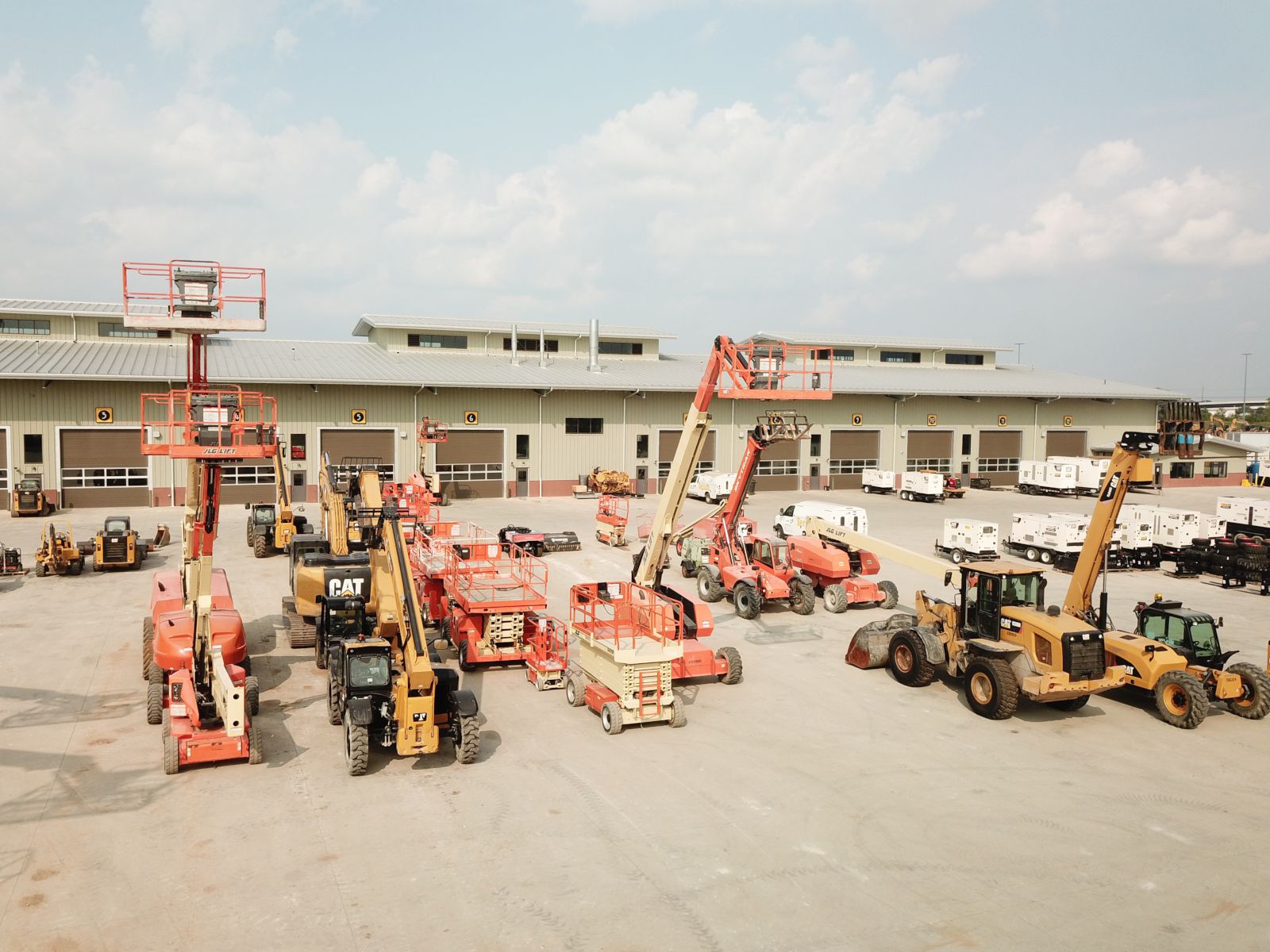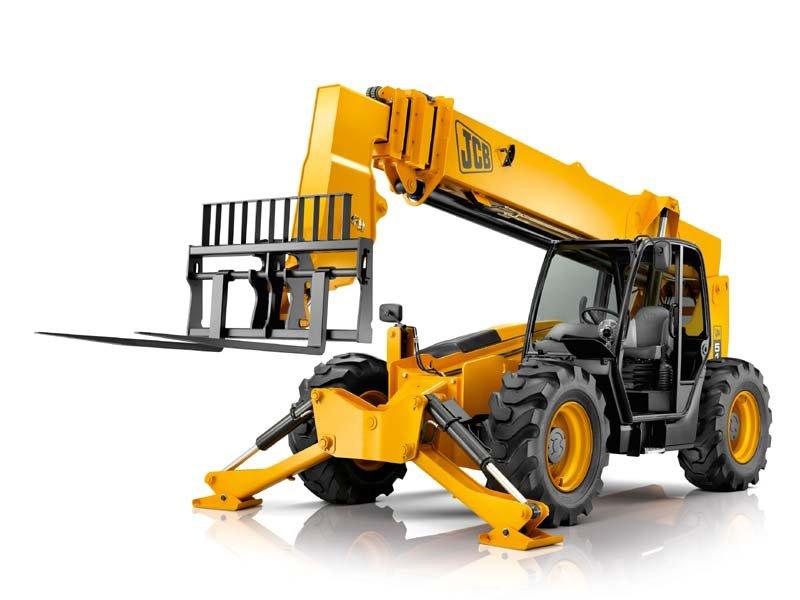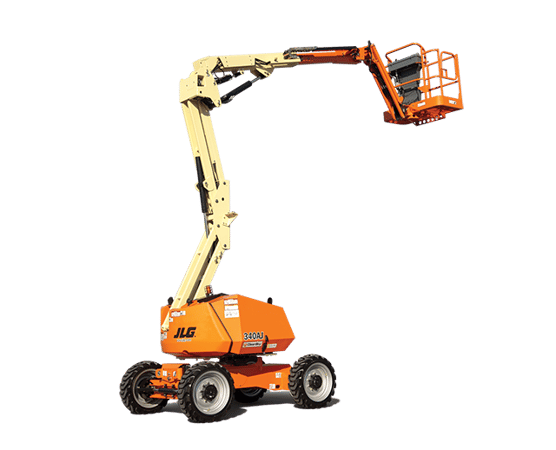Aerial Lift Rental: Versatile Training Solutions for High-Access Jobs
Aerial Lift Rental: Versatile Training Solutions for High-Access Jobs
Blog Article
Optimize Your Budget by Recognizing the Expenses Related To Construction Devices Rentals
Recognizing the full scope of prices linked with building equipment leasings is important for maximizing your budget. What strategies can be employed to effectively manage these costs and make certain an extra reliable rental experience?
Introduction of Rental Costs
When thinking about construction devices services, understanding the associated prices is paramount for reliable budgeting and project planning. Rental prices can differ substantially based on a number of factors, consisting of devices type, period of rental, and area. The initial rental charge often mirrors the equipment's market demand and its connected operational abilities, affecting the general expense.
Along with the base rental rate, supplementary prices may develop, such as transport costs, gas surcharges, and upkeep charges. It is essential to make up these additional expenses to precisely examine the total price of leasing equipment. The rental period can influence pricing; longer leasings might qualify for affordable prices, while temporary rentals might incur greater day-to-day charges.

Breakdown of Rental Rates
A detailed understanding of rental rates is crucial for contractors and project managers aiming to optimize their spending plans. Rental prices for construction devices typically include numerous parts, consisting of base rates, time-based costs, and use charges.
Base rates are the core costs related to the leasing of the devices, typically determined by the kind and size of the machinery. These rates can differ significantly, affected by variables such as tools need, availability, and regional market fads. Time-based fees, which may be daily, weekly, or monthly, serve to accommodate various project timelines and rental periods.
Furthermore, rental rates might consist of use fees, which apply when tools is used beyond a specified threshold, making sure that the rental company can make up deterioration. Seasonal demand fluctuations can additionally influence rental prices, with peak construction periods usually commanding higher prices.
Moreover, understanding the rental business's plans concerning upkeep and insurance coverage can give further understanding right into the total expense structure. By examining these parts, service providers can make enlightened decisions, guaranteeing the selection of rental devices lines up with both job demands and budget restraints.
Extra Costs to Think About
Understanding the details of added fees is crucial for specialists to manage their total rental expenditures efficiently. Beyond the typical rental rates, different supplementary charges can substantially affect the complete cost of devices leasing. These costs commonly include shipment and pick-up charges, which can differ based on range and logistics entailed in moving the tools to and from the job website.
Moreover, some rental companies might enforce gas additional charges if the devices is returned with less fuel than when leased. It is likewise necessary to understand potential cleaning costs, specifically for specialized tools that requires comprehensive upkeep after use.

Thoroughly assessing the rental agreement and clarifying these extra browse around this web-site charges upfront can aid service providers make sure and stay clear of unforeseen expenses that budgets remain intact throughout the task lifecycle.
Upkeep and Repair Work Expenses
Normal repair and maintenance costs are often neglected factors that can considerably affect the total expense of construction tools rentals. When renting out equipment, it is essential to consider not just the rental fees yet likewise the potential costs linked with keeping the equipment in optimal operating condition.
Numerous rental firms consist of standard upkeep as component of the rental arrangement; nonetheless, extra unforeseen break downs or extensive repairs can lead to added expenses. It's vital to examine the rental contract meticulously to recognize what maintenance services are covered and what obligations fall on the renter.
Additionally, devices that is not well-maintained can lead to ineffectiveness on duty site, potentially triggering delays and raising project prices. To reduce these risks, it is a good idea crane machine construction to carry out normal inspections and maintain open interaction with the rental service provider concerning any concerns that occur during use.
Insurance Coverage and Obligation Costs
Insurance coverage and obligation costs are critical elements that can significantly impact the overall cost of building devices rentals (boom lift rental). These costs make certain that both the rental firm and the client are safeguarded from prospective economic losses occurring from accidents, damage, or theft during the rental period

Additionally, customers should recognize any type of deductibles or exclusions in the insurance plan, as these can influence prospective out-of-pocket expenses. Comprehending the terms of any kind try this website of insurance policy coverage is important to prevent unexpected costs. Inevitably, budgeting for insurance policy and responsibility costs can aid ensure a smoother rental experience and shield against financial risks connected with building projects.
Conclusion
In final thought, a detailed understanding of the expenses linked with building and construction tools leasings is necessary for reliable spending plan management. Inevitably, informed decision-making pertaining to devices services contributes to the overall success of construction endeavors.
Rental expenses can differ significantly based on several factors, consisting of equipment type, period of rental, and place (scissor lift rental). The rental period can affect prices; longer rentals might certify for affordable prices, while short-term leasings might sustain greater daily fees
By carrying out thorough study and involving with trustworthy rental business, professionals can effectively navigate the complexities of rental pricing, inevitably optimizing their financial sources.
Beyond the common rental prices, various extra charges can substantially affect the overall price of tools leasing. Rental business commonly give obligation insurance policy that covers injuries to 3rd events or damage to property, while equipment damage insurance policy can cover the price of repairs or substitute if the leased equipment is damaged.
Report this page